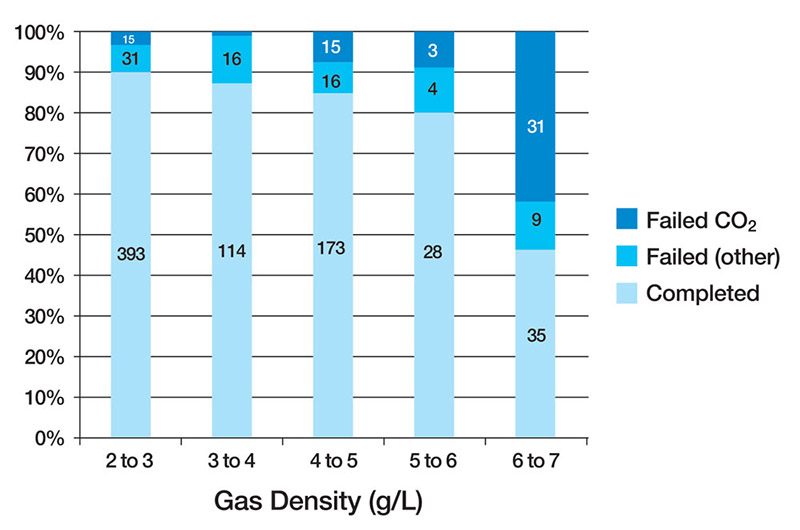TDI Helitrox: "The Helitrox course examines the theory, methods, and procedures for planned stage decompression diving utilizing Helium in the breathing mixture. This program is designed asa stand-alone course, or it may be taught in conjunction with TDI Advanced Nitrox at thediscretion of the instructor. The objective of this course is to train divers how to plan andconduct a standard staged decompression dive not exceeding a maximum depth of 45Metres/150 Feet. The most common equipment requirements, gear set-up, and decompression techniques are presented. Students are permitted to utilize Enriched Air Nitrox and Helium mixes with no greater than 35% He content, and up to 100% oxygen for decompression diving provided the gas mix is within their current certification level. Breathing gas mixtures containing more than 35% Helium (+/-5%) or less than 21%oxygen are not permitted (+/- 1%)."
TDI Extended Range: "This course provides training and experience required to competently utilize air for dives up to 55 Metres/180 Feet that requires staged decompression, utilizing nitrox mixtures oroxygen during decompression. The objective of this course is to train divers in the proper techniques, equipment requirements, and hazards of deep air diving to a maximum of 55Metres/180 Feet utilizing nitrox mixtures or oxygen for staged decompression."
I did the Extended Range class long ago. Final dive was to a wreck at 180 ft. I have no memory of the dive. Never again!
I would like to think we have gone beyond such stupid diving.....it was a bad idea 20 years ago, it is worse now that it is unnecessary. Yes, I understand that in some places you cannot get He and the dives are deep; that does not make the dive less stupid. Just don't do the dive.





